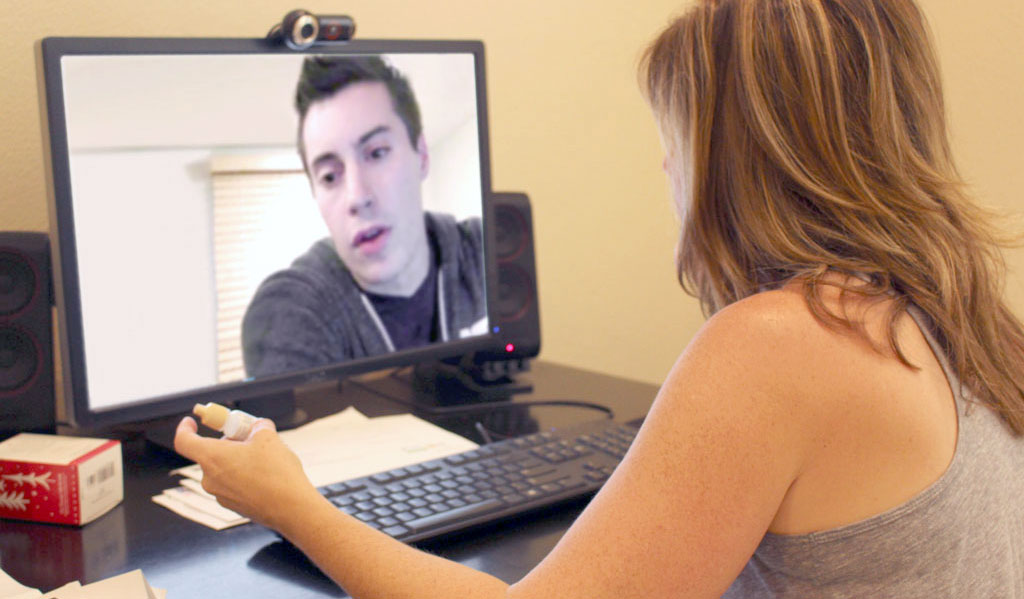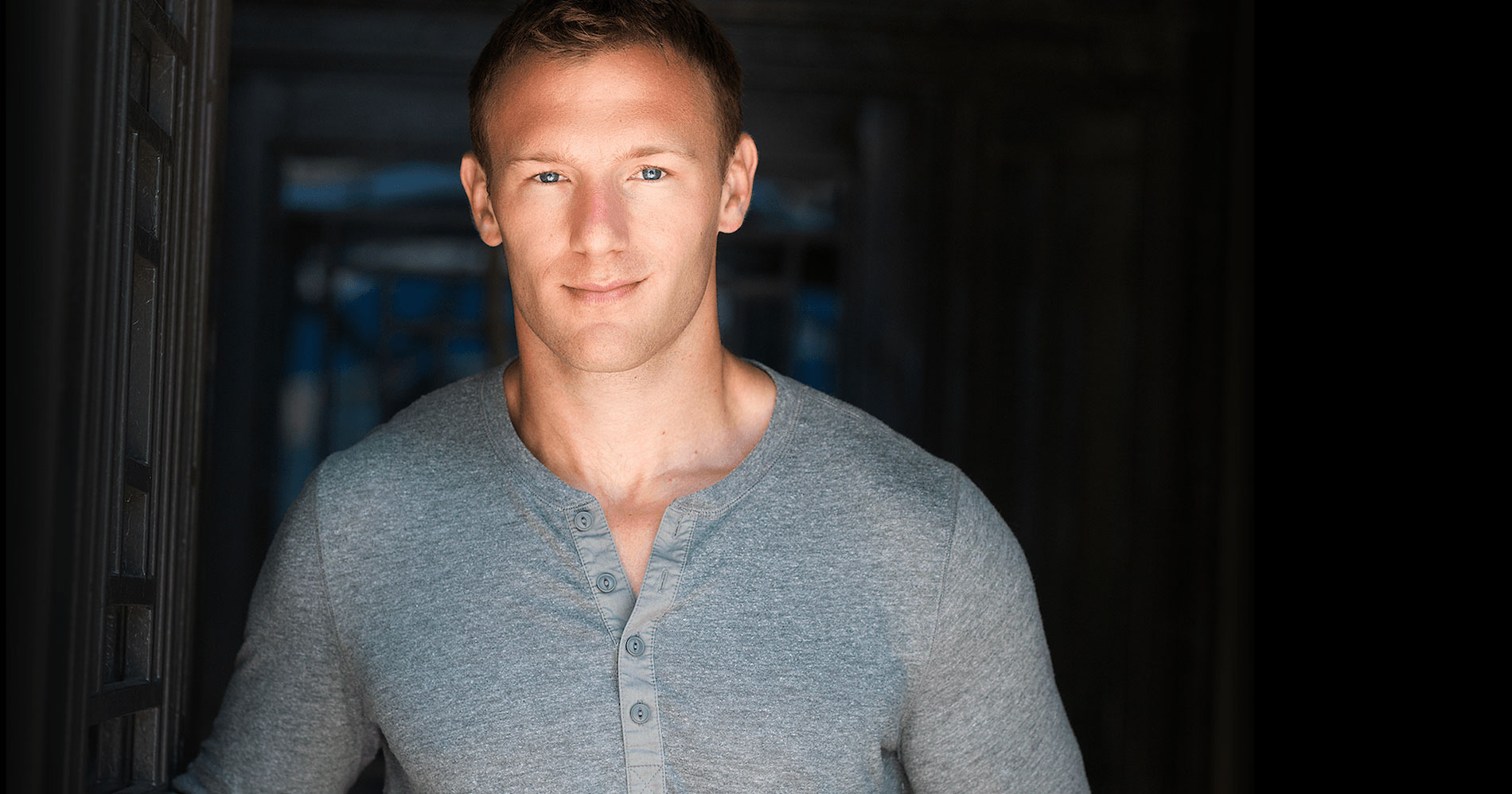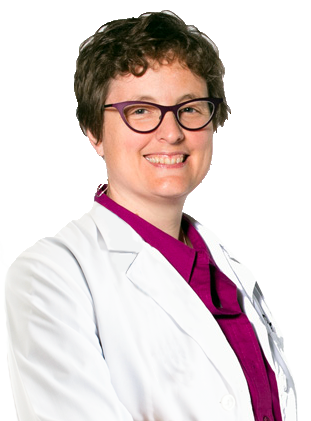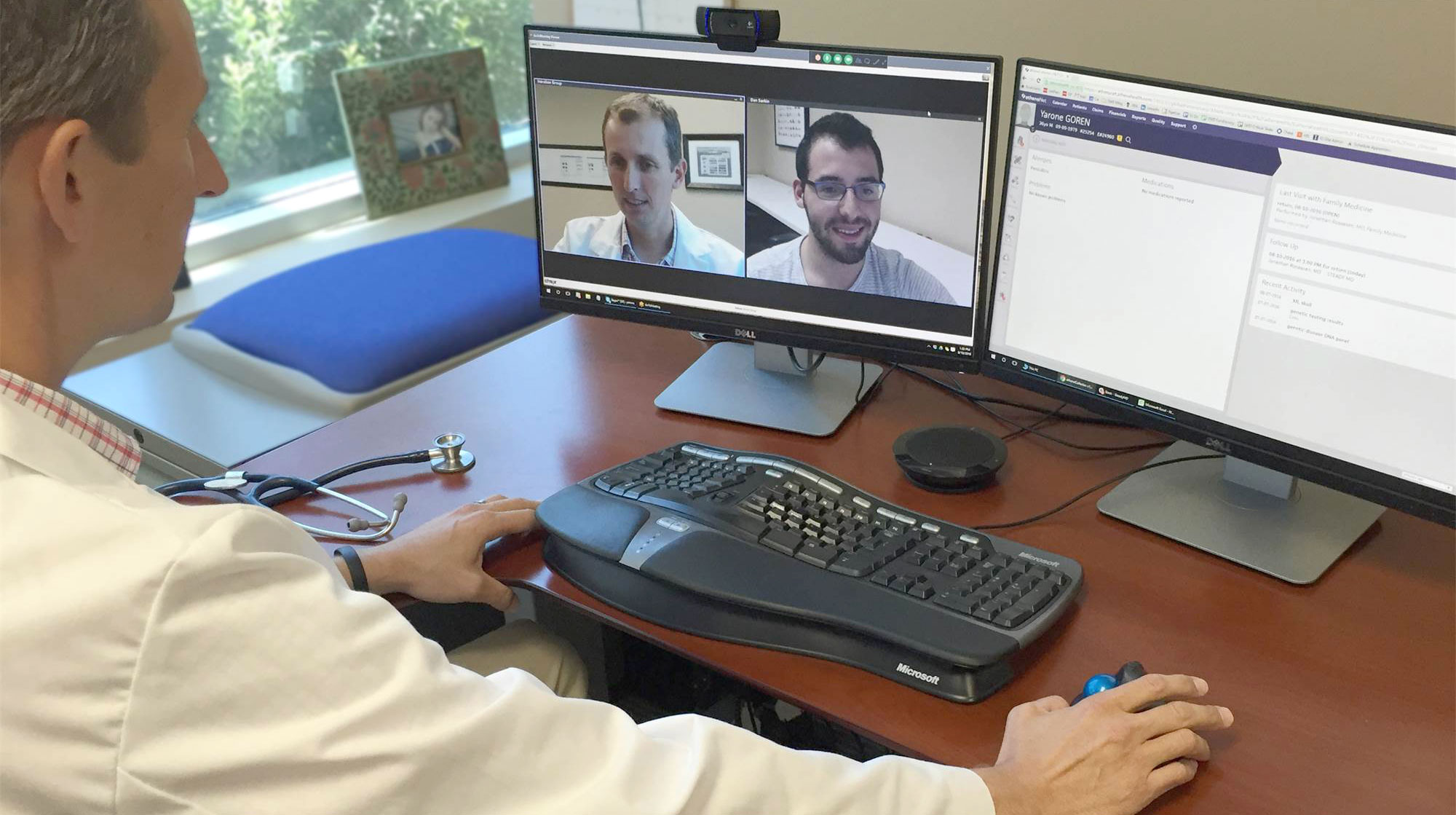The field of medicine has long attracted the best and brightest — individuals who are hardworking, driven, tenacious, and empathetic. These eager students head to top medical schools with the desire to make a difference and meaningfully impact lives. They take on hundreds of thousands of dollars in debt, study and practice relentlessly, work exhaustive residency hours, and then enter the healthcare workforce where, for many, those grueling hours continue — stretching doctors thinner and thinner.
For medical professionals practicing general or family medicine, these frustrations are felt even more intensely. Doctors who set out to change patients’ lives through prevention, innovative programming, and a productive doctor-patient relationship find an industry driven instead by bottom lines. Patient appointments are sardined into 15-minute increments from open to close. Emergency rooms and even some offices are trapped in a cycle of providing sick care rather than preventative care, using “treat it and street it” models that leave both patients and doctors deeply unsatisfied.
But it doesn’t have to be like this. More and more doctors are standing up for a better standard of care, and this mentality is what you’ll find reflected in the team we’ve built here at SteadyMD.
Dani Urcuyo, a young doctor practicing family medicine in Cleveland, Ohio, entered the Cleveland Clinic Lerner College of Medicine with the intention of becoming a transplant surgeon. He fell in love with immunology, but after spending time in his program, he started to feel like something wasn’t quite right. “I really missed the relationship with patients I saw on a daily basis,” Dani says.
In his time working with transplant surgeons, Dani was struck by how many of their patients’ conditions were preventable. During a trip back home to his native Nicaragua, Dani saw how many people there, too, were suffering from the same preventable diseases as those transplant patients. This realization gave Dani a new calling: working in preventative and functional medicine to minimize the onset or impact of chronic conditions like diabetes and high blood pressure, helping to keep patients from being added to a transplant list in the first place.
But it was during his residency for family medicine that the failures of the industry became most clear. “I saw how distant my vision of medicine really was from the reality,” Dani explains. “We were spending very little time with patients, and… we felt like we weren’t making a difference.”

SteadyMD Dr. Dani Urcayo consulting with a patient, online.
Dani knew that his patients deserved something better, and he began searching for ways to push back against a system that wasn’t always able to successfully meet patients’ needs. That’s what led him to SteadyMD. Co-founded by Guy Friedman and Yarone Goren, we are revolutionizing digital concierge medicine with prevention-focused telehealth.
Rather than choosing a local doctor based on your zip code and insurance network, SteadyMD offers patients an alternative: the ability to hand-pick a primary-care doctor with a lower patient load for customized, ongoing, and continuous medical care that’s specific to your health concerns, daily living, and identity.
Making Medicine Accessible
A critical component of reclaiming the doctor-patient relationship is time. For Dr. Scott Soerries, SteadyMD’s Medical Director, one of the biggest concerns about our country’s current healthcare system is that “for doctors to survive, they have to see patients every 10 to 15 minutes all day long.” Without the ability to develop deeper relationships with a care practitioner, “many patients eventually end up in the emergency room, because the time crunch means doctors aren’t able to care for patients as well as they should or even as well as they want to.”
For Dr. Soerries, the failures in long-term care he’s been witness to as an ER doctor are a serious pain point. No doctor should be faced with that choice, and no patient should be on the receiving end of it. Digital concierge medicine disrupts that model, allowing dedicated doctors to slow down and focus on whole-person care through the use of phone, text, chat, and video right when a patient needs it.
A Doctor Designed to Fit Your Life
For Dr. Danielle DonDiego, a family physician and obesity specialist, one of the biggest draws of digital concierge medicine is the ability to more fully engage with patients about the complete picture of their health. This act of listening, Danielle says, “is one of the most important things we can do.”
At SteadyMD, we’re after the whole picture. Whether a patient is a runner or a lifter, eats a gluten-free or vegan diet, or is dealing with Crohn’s disease or hypertension, each one needs a doctor who’s familiar with how these variables impact their primary healthcare. An interest in this personalized approach to medicine is what brought this talented cohort of doctors together to help shift the industry back toward its roots of personalized care.
Our commitment to shaking up the way traditional medicine is practiced is how we connected with Dr. Spencer Nadolsky, known across social media as the The Doc Who Lifts. Spencer pursued lifestyle medicine at Edward Via College of Osteopathic Medicine and eventually took a job at Maryland’s MedStar, which he describes as a “huge hospital conglomerate.”

Dr. Spencer Nadolsky, board certified in Family Medicine and Obesity Medicine.
One of Spencer’s biggest concerns while practicing family and obesity medicine at MedStar was how difficult it was for patients to get ahold of him. Individuals might wait on the phone for as long as 20 or 30 minutes without ever getting their questions answered, because often there wouldn’t be a break between Spencer’s heavy patient load for him to take a call. After all that, Spencer says, “then somehow I’d have to make time to call them back”—an inefficient and frustrating system for both doctor and patient.
With SteadyMD, Spencer explains, “There’s no waiting. You have access to me in your pocket.”
Telehealth as Patient Advocacy
And more than a convenience, for many patients, digital concierge medicine offers a lifeline. Perhaps no one on the team feels this more acutely than Dr. Katie Bast, founder of Mosaic Health and Healing Arts, Indiana’s first family medical practice that openly serves the LGBTQ community.

After earning her MD from Indiana University South Bend, Katie quickly developed a reputation for providing quality medical care to trans and queer youth, and then adults, in a part of the country where access to inclusive healthcare practitioners can still be hard to come by. Mostly through word-of-mouth referrals, Katie’s patient load quickly grew to over 150 by the end of her residency at Memorial Hospital, and she refused to leave a single one of them behind.
Employers expressed an interest in hiring her, but if they weren’t able to accommodate all of her patients, Katie wasn’t interested. Eventually, it became clear that the answer was to open her own practice, and that’s how Mosaic, which now offers safe and humanizing healthcare to over 1,000 patients, was founded.

Dr. Katie Bast leads the SteadyMD LGBTQ Practice.
SteadyMD was the missing piece of the puzzle for Katie, giving her an avenue to further provide healthcare to a vulnerable population that isn’t always able to regularly access the in-person medical care it needs and deserves. “The universe,” Katie says, “has continued to open up in front of us,” providing opportunities to connect with and offer quality care to LGBTQ patients.
Katie says she’s the most excited about leveraging digital health to form a long-term relationship with her patients, no matter where they’re located. “I mean, that’s why I went into family medicine in the first place,” she says.
As for the rest of our doctors? They couldn’t agree more.
Kirsten Clodfelter is a freelance health writer living in the Midwest. Her work has been published in Forbes Health, Healthline, MedPage Today, MSN, Reader’s Digest, Good Housekeeping, EdSurge, Salon.com, and Parents, among other outlets.
